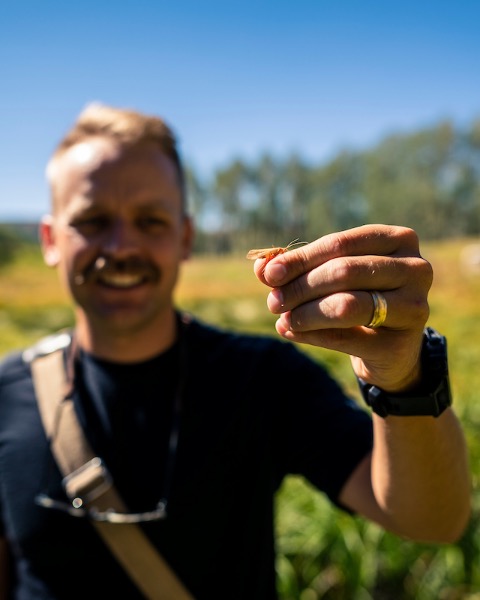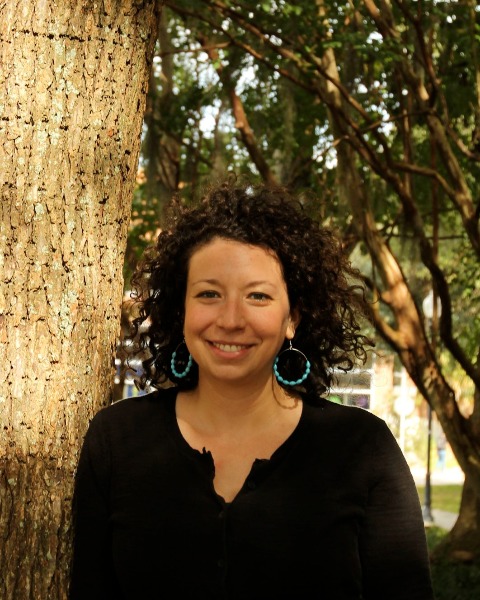Systematics, Evolution, and Biodiversity
10-Minute Paper
The assembly of the repetitive H-fibroin gene, the primary protein component of caddisfly silk

Paul Bryan Frandsen
Assistant Professor
Brigham Young University
Provo, Utah- RS
Russell J. Stewart
University of Utah
Salt Lake City, Utah - AK
Akito Y. Kawahara
Associate Professor
Florida Museum Of Natural History
Gainesville, Florida 
Caroline Storer
Faculty
University of Florida
Gainesville, Florida- JH
Jacqueline Heckenhauer
Senckenberg Natural History Museum
Frankfurt, Hessen, Germany - SP
Steffen Pauls
Senckenberg Research Institute and Natural History Museum
Frankfurt am Main, Hessen, Germany
Presenting Author(s)
Co-Author(s)
Caddisflies (Insecta: Trichoptera) are nature’s freshwater architects. They assemble both portable and fixed composite structures that provide camouflage, protection, and aid in respiration. These structures are held together with specialized silk that acts as an underwater adhesive. While many genes have been identified as necessary in silk production, the primary protein component is encoded by the blocky repetitive heavy fibroin gene. Because of the density of repetitive DNA within conserved termini, the complete sequence has historically been challenging to assemble using either high-fidelity short-read or noisy long-read technology. Here we assemble the complete and phased h-fibroin gene across multiple caddisflies and discuss implications for the evolution of this remarkable bioadhesive.

